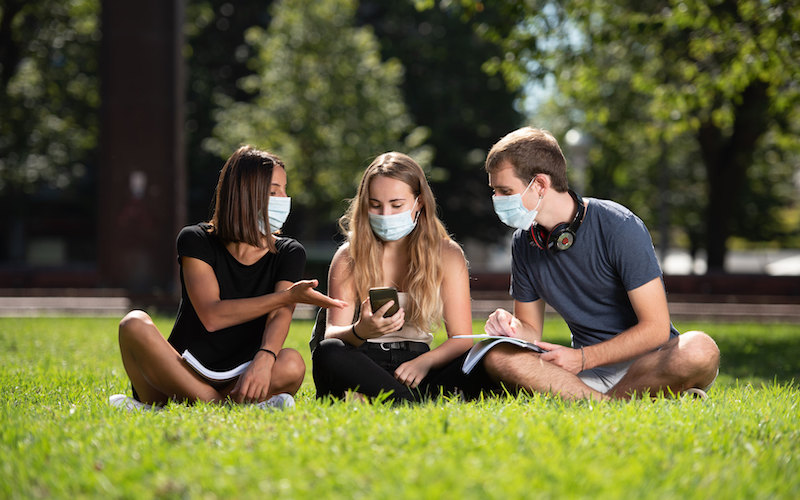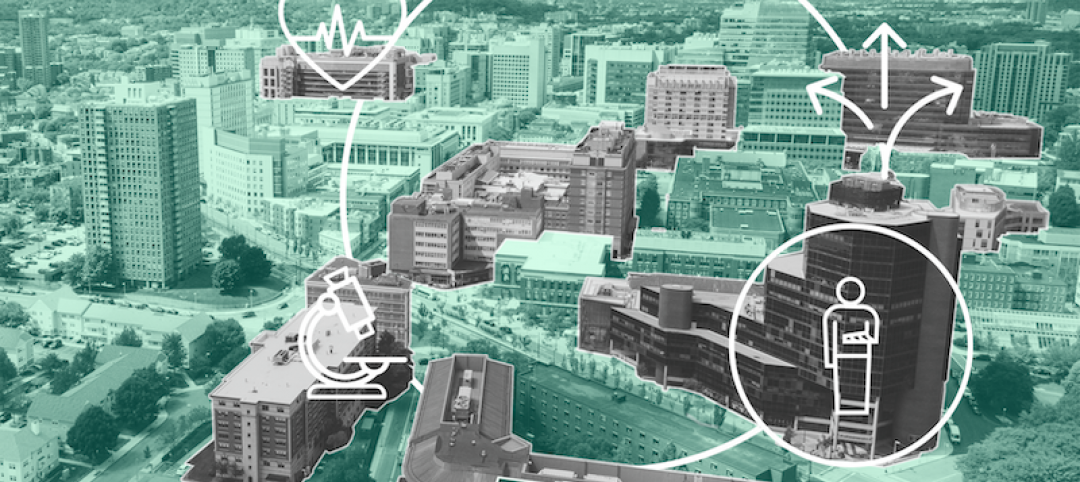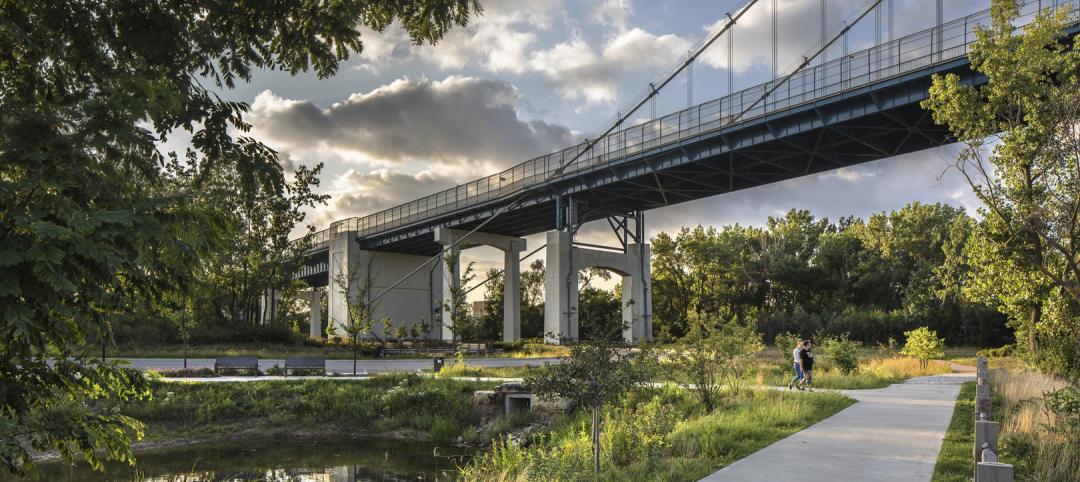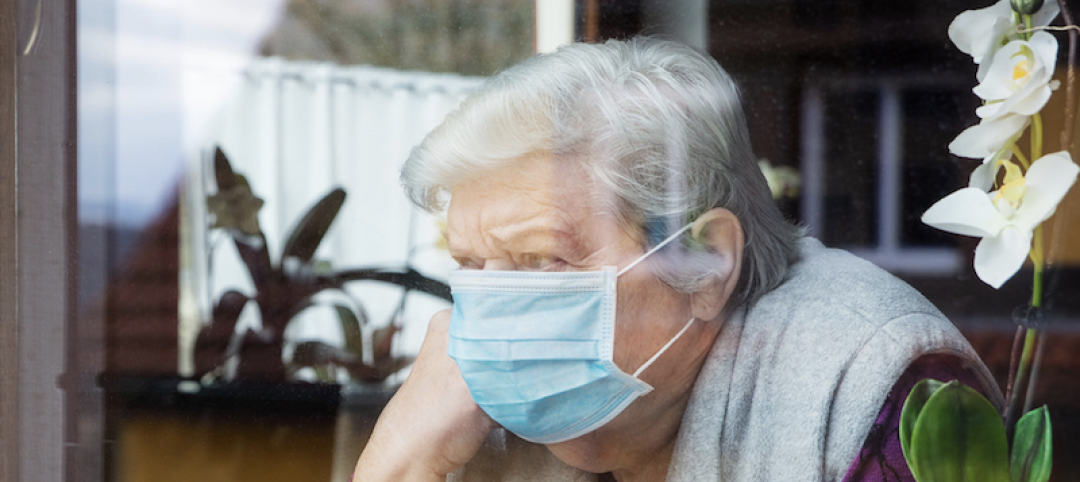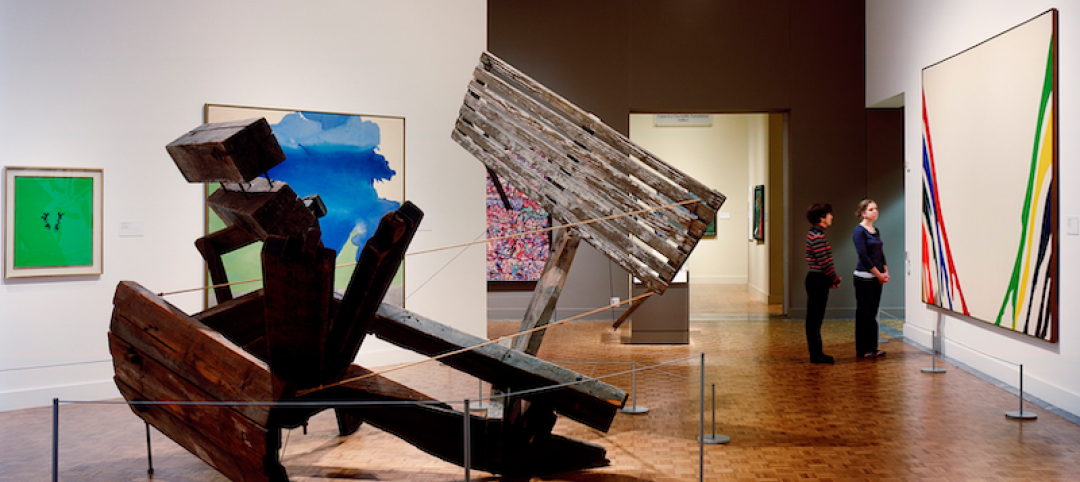This past fall, as students were returning to campus, we sought to understand the emotional drivers behind students’ desire to return to campus. I interviewed a small sample of students representing diverse institution types from open access to research universities to regional comprehensives and private liberal arts. As we neared the end of the fall semester, I re-interviewed my subjects to reflect on their fall 2020 college experience during the COVID-19 pandemic.
Our follow-up interviews focused on two topics: online learning and their social experience.
Virtual Learning: Technology Improvements Don't Make Up for Lack of Campus Access
Students noted improvements to the technology that supports virtual learning with professors being more adept in its use and “fewer hiccups.” However, most found the experience to be more challenging than the previous spring for several reasons.
The students had the impression that professors were trying to overcompensate for lack of in-person classes and communication by assigning additional coursework. They also found open book tests to be significantly more difficult inclusive of additional essay requirements and felt that professors were assigning “busy work” for the purpose of making sure people were engaged in a remote setting. Compounding these challenges, was the lack of variety in the students’ environments.
A junior attending George Washington University (GW), said, “I didn’t think doing school at home [in a shared off-campus house] would be a problem. But it is so hard to be in our rooms so much of the day. We’re in our own rooms all the time—like eight hours a day. It’s harder than I expected. Being at home isn’t that bad, but being stuck in my room is difficult.”

Building a Community on Trust
All the students we interviewed were glad that they returned to campus in one form or another: two roommates in off-campus housing, one living at her parents’ home, and one in a campus dorm.
Wanting to stay on track to graduate with their peers was an important part of deciding to return to school, rather than take a gap year. The in-person, physical interaction kept them motivated through the semester. The GW roommates shared a couple of online classes and could log-in from their separate computers in the same room, which they said improved their engagement and commitment to the work.
“[Being in Washington, DC] is better than being at home. We have our own space, and it’s fun living with other students with the same work ethic and having regular social interaction,” said another junior at GW.
The students navigated the challenges presented by the COVID-19 pandemic by creating communities with a shared understanding of what constitutes acceptable behavior related to social interactions—all based on trust and transparency. The students get tested at least once a week and emphasize the importance of communication and respect.
Even the student who elected to stay at her parents’ home while learning remotely had created her own pod with fellow students at a local university. She joined a “bubble” in which each member gets tested weekly and only physically interacts with those in the bubble.
After a summer of indecision and anxiety about going to campus and living in a dorm, the freshman at the liberal arts college is very glad she did. She feels like she has met people she really likes and found it easier to build strong relationships because, in a small cohort, “you get to really know them.” Her assigned cohort is about 10 people, but she reflected, “most people don’t hang out with their technical cohort.” She is part of a friend group that is self-formed and consists of around eight people. They have agreed to test two times per week and have access to testing any time with same-day results.
According to one of the GW roommates, “Every Friday, I have a test. Because my roommate goes out, and I work. And I have the ability, so why not? I’m working [in retail] and interacting with a lot of people. I would like to know as soon as I can that I have COVID, so I can stop doing whatever I’m doing.”
At the same time, they recognize the limits of what they can control, and just as they did before returning to school, accept the risk that they may get sick. While one student reflected that she and her roommates ask permission before bringing people over to the house, they don’t feel that it’s their right to ask where people go outside of the home, realizing that it would be futile to try to control each other’s lives.
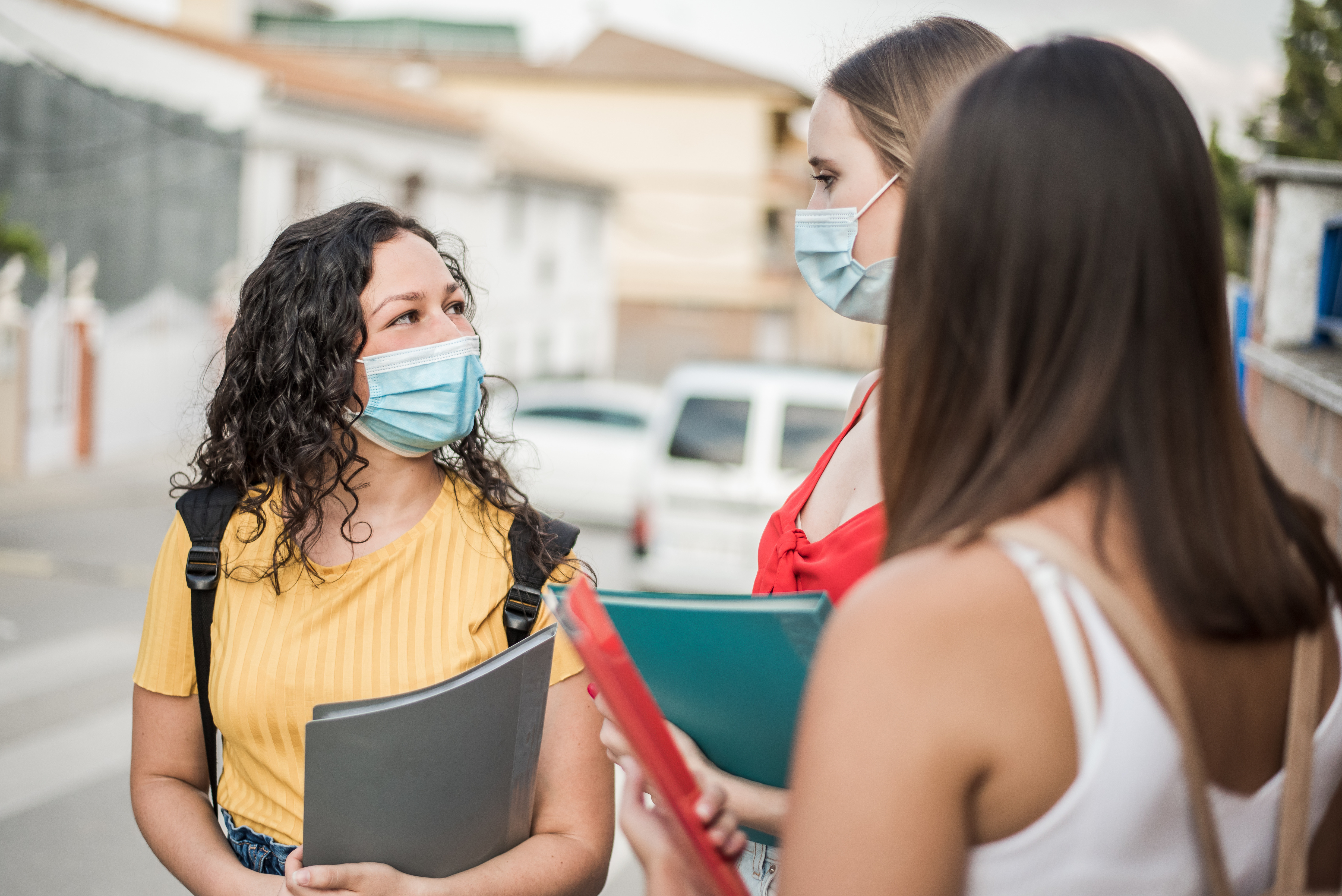
Surprisingly, our interview subjects only had one direct connection to COVID-19: the roommate of two of our interviewees tested positive. While that roommate quarantined in place, the rest of the household temporarily moved into a rental house for the CDC-recommended time and avoided contracting the virus.
These follow-up interviews further underscore the importance of campus, not just as places of learning, but as community hubs and conduits of social networks, even when learning goes online. Experts recognize that peer-to-peer learning increases retention, but these conversations have reinforced my personal understanding of how important spaces outside the classroom are. As an architect, I feel even more committed to designing informal and collaboration spaces to be as welcoming, comfortable and technology rich as possible.
While COVID has undoubtedly impacted these students’ college experiences, they are more determined than ever to graduate in accordance with their original (pre-pandemic) plans and will tackle another semester in the same way they managed the fall – with optimism, fortitude and strong bonds of friendship.
More from Author
SmithGroup | Oct 28, 2024
A case for mid-rise: How multifamily housing can reshape our cities
Often referred to as “five-over-ones,” the mid-rise apartment type is typically comprised of five stories of apartments on top of a concrete “podium” of ground-floor retail. The main criticism of the “five-over-one” is that they are often too predictable.
SmithGroup | Mar 28, 2023
Inclusive design requires relearning how we read space
Pulling from his experience during a campus design workshop, David Johnson, AIA, LEED AP, encourages architects to better understand how to design spaces that are inclusive for everyone.
SmithGroup | Feb 27, 2023
Surfing the Metaversity: The future of online learning?
SmithGroup's tour of the Metaversity gives us insight on bringing together physical and virtual campuses to create a cohesive institution.
SmithGroup | Nov 28, 2022
Data centers are a hot market—don't waste the heat!
SmithGroup's Brian Rener shares a few ways to integrate data centers in mixed-use sites, utilizing waste heat to optimize the energy demands of the buildings.
SmithGroup | Aug 3, 2022
Designing learning environments to support the future of equitable health care
While the shortage of rural health care practitioners was a concern before the COVID-19 pandemic, the public health crisis has highlighted the importance of health equity in the United States and the desperate need for practitioners help meet the needs of patients in vulnerable rural communities.
SmithGroup | Aug 10, 2021
Retail reset: The future of shopping malls
Developers and design partners are coming together to reimagine how malls can create a new generation of mixed-use opportunities.
SmithGroup | May 17, 2021
Future pandemic preparedness at the medical district scale
The current COVID-19 pandemic highlights the concern that we will see more emergency events in the coming years.
SmithGroup | Aug 13, 2020
Renewing the healing role of public parks
While we can’t accurately predict all the ways we will respond to the current COVID-19 pandemic, it should provide a moment of reflection as we see all too clearly the consequences of our exploitation and destruction of nature.
SmithGroup | Jul 21, 2020
How design of senior living communities must change after COVID-19
The cost of maintaining high quality of care and high quality of life for senior living communities has increased up to 73% for senior living communities that remain free of COVID-19 and up to 103% for COVID-19 positive senior living communities.
SmithGroup | Jun 12, 2020
How will museums change after COVID-19
This new environment may herald innovative economic models and change the way we think about museum design.

